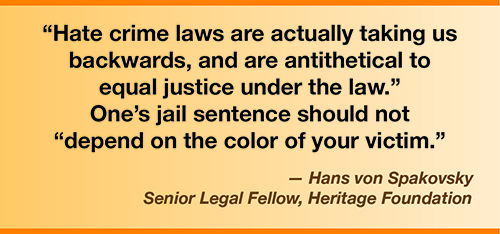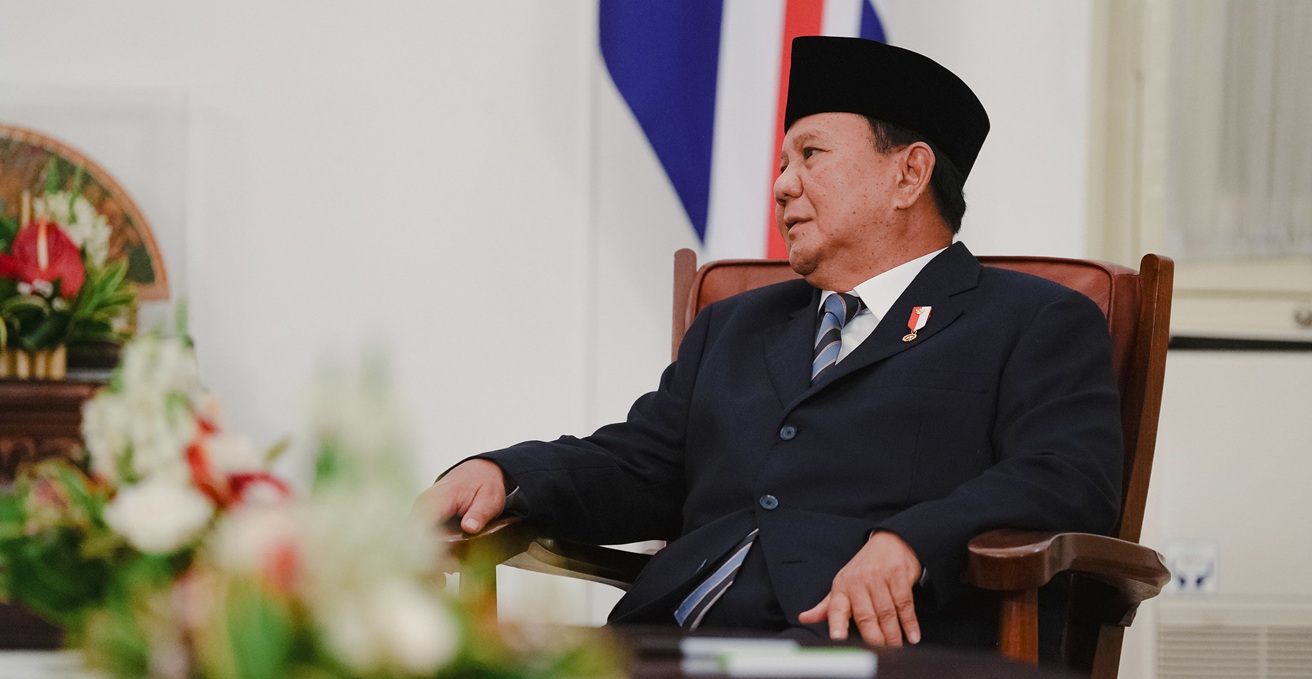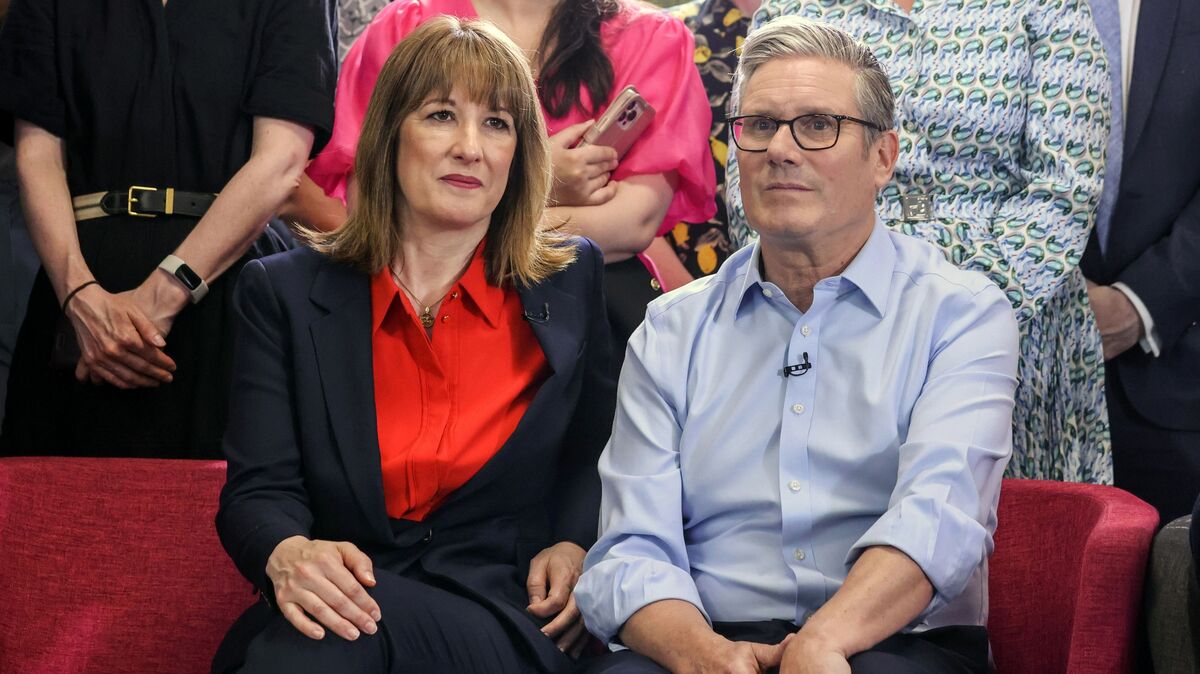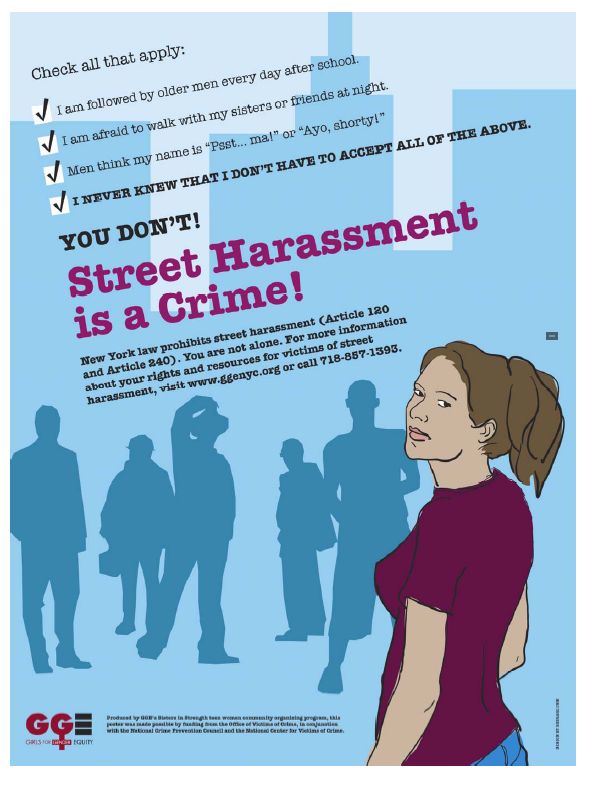Report on Multi-State Legal Action Concerning Violence Against Women Act (VAWA) Funding
Executive Summary
A coalition of 21 state attorneys general, led by New York, has initiated legal action to block new U.S. Department of Justice (DOJ) regulations that impose restrictive conditions on federal funding distributed under the Violence Against Women Act (VAWA). The coalition argues that these rules are unlawful and undermine critical progress toward several United Nations Sustainable Development Goals (SDGs), including Gender Equality (SDG 5), Reduced Inequalities (SDG 10), and Peace, Justice and Strong Institutions (SDG 16). The legal challenge, filed as an amicus brief, seeks a preliminary injunction to halt the enforcement of these new guidelines, which threaten essential services for survivors of domestic and sexual violence.
Legal Challenge and Violation of Federal Law
Contested Department of Justice Regulations
The core of the legal challenge addresses new DOJ rules that require organizations receiving VAWA funds to certify they will not use the funding for programs deemed “out-of-scope.” These restrictions specifically target:
- Diversity, Equity, and Inclusion (DEI) initiatives.
- Services associated with “gender ideology.”
The attorneys general contend that these terms are impermissibly vague and contradict the express intent of Congress, which recently updated and reauthorized VAWA. The coalition argues that the DOJ is unlawfully imposing a political agenda on a life-saving federal program.
Conflict with Congressional Intent and Public Safety
The amicus brief asserts that the DOJ’s actions directly defy the will of Congress and jeopardize public safety. By creating uncertainty and discouraging outreach to marginalized communities, the rules threaten the very populations VAWA was designed to protect. Since its inception in 1994, VAWA has been instrumental in transforming the national response to gender-based violence, channeling over $11 billion into survivor support and contributing to a 64% reduction in domestic violence.
Impact on Sustainable Development Goals (SDGs)
SDG 5: Gender Equality
The DOJ’s new rules present a significant setback to achieving SDG 5, which calls for the elimination of all forms of violence against all women and girls. By potentially excluding services for LGBTQ individuals and other vulnerable groups, the regulations undermine Target 5.2. The coalition’s legal action aims to preserve inclusive access to VAWA-funded services, which are essential for protecting survivors and advancing gender equality.
SDG 10: Reduced Inequalities
The challenge to the DOJ rules is directly aligned with SDG 10, which seeks to reduce inequality and ensure the inclusion of all, irrespective of sex, ethnicity, or other status (Target 10.2). The attorneys general argue that the vague restrictions on DEI and “gender ideology” will disproportionately harm:
- LGBTQ individuals
- Undocumented immigrants
- Other marginalized communities
Blocking these rules is crucial to ensuring equal opportunity and access to justice for the most vulnerable survivors of violence.
SDG 16: Peace, Justice and Strong Institutions
This legal action reinforces the principles of SDG 16, which promotes the rule of law and access to justice for all (Target 16.3). The coalition argues that the DOJ is acting outside its authority, threatening the integrity of a key federal institution. Furthermore, VAWA funding is critical for building effective institutional responses to violence by supporting:
- Training for over 600,000 law enforcement officers, prosecutors, and other professionals annually.
- The provision of over two million services for survivors each year, including shelter, legal aid, and medical care.
Upholding VAWA’s original, inclusive mandate is essential for maintaining strong institutions and ensuring justice for survivors.
Conclusion and Participating States
Call for Injunctive Relief
The coalition of attorneys general urges the U.S. District Court for the District of Rhode Island to grant a preliminary injunction to block the enforcement of the contested DOJ guidelines. They argue that immediate action is necessary to prevent irreparable harm to survivors and the service organizations that support them, thereby safeguarding progress toward established national and international development goals.
Coalition Members
States and districts joining New York in filing the amicus brief include:
- Arizona
- California
- Colorado
- Connecticut
- Delaware
- District of Columbia
- Hawaii
- Illinois
- Maine
- Maryland
- Massachusetts
- Michigan
- Minnesota
- Nevada
- New Jersey
- New Mexico
- Oregon
- Rhode Island
- Vermont
- Washington
- Wisconsin
Which SDGs are addressed or connected to the issues highlighted in the article?
-
SDG 5: Gender Equality
The article is centered on the Violence Against Women Act (VAWA), which directly aims to protect survivors of domestic violence and sexual assault, a core component of achieving gender equality. The legal challenge seeks to protect federal funding for these life-saving services, which are essential for eliminating violence against women.
-
SDG 10: Reduced Inequalities
The article explicitly mentions that the new funding rules could “discourage help for LGBTQ individuals, undocumented immigrants, and other vulnerable groups.” The challenge to these rules, which target diversity, equity, and inclusion (DEI) initiatives, is a direct effort to reduce inequalities and ensure that services are accessible to all, regardless of their identity or status.
-
SDG 16: Peace, Justice and Strong Institutions
This goal is relevant as the article discusses the role of VAWA in transforming law enforcement’s response to domestic violence through training and legal services. The legal action taken by the 21 attorneys general is an effort to uphold the rule of law (specifically, the VAWA statute as passed by Congress) and ensure that justice systems and institutions effectively protect all survivors and hold abusers accountable.
What specific targets under those SDGs can be identified based on the article’s content?
-
Target 5.2: Eliminate all forms of violence against all women and girls in the public and private spheres, including trafficking and sexual and other types of exploitation.
The entire article focuses on the Violence Against Women Act (VAWA), a law created specifically to combat domestic violence and sexual assault. The text states that VAWA has contributed to reducing domestic violence and provides funding for “survivor support, including shelters, hotlines, medical care, and legal services,” all of which are critical to achieving this target.
-
Target 10.3: Ensure equal opportunity and reduce inequalities of outcome, including by eliminating discriminatory laws, policies and practices and promoting appropriate legislation, policies and action in this regard.
The attorneys general are challenging the new Department of Justice (DOJ) rules because they are seen as discriminatory. The article notes the rules could “endanger public safety by discouraging help for LGBTQ individuals, undocumented immigrants, and other vulnerable groups.” The legal action is a direct attempt to block a policy that would create unequal outcomes for these populations.
-
Target 16.1: Significantly reduce all forms of violence and related death rates everywhere.
The article provides a specific statistic demonstrating progress toward this target, stating that VAWA “is credited with reducing domestic violence by 64 percent over the past three decades.” The fight to maintain VAWA funding is a fight to continue this reduction in violence.
-
Target 16.3: Promote the rule of law at the national and international levels and ensure equal access to justice for all.
The legal challenge itself is an action to “promote the rule of law,” arguing that the DOJ’s new rules “violate federal law” and defy “Congressional intent.” Furthermore, VAWA funding supports “legal services” for survivors and trains “police officers and prosecutors,” which are direct mechanisms for ensuring equal access to justice.
Are there any indicators mentioned or implied in the article that can be used to measure progress towards the identified targets?
-
Indicator for Targets 5.2 and 16.1: Proportion of ever-partnered women and girls subjected to physical, sexual or psychological violence by a current or former intimate partner.
The article explicitly states that VAWA “is credited with reducing domestic violence by 64 percent over the past three decades.” This percentage serves as a direct measure of progress in reducing violence against women.
-
Indicator for Target 16.3: Number of services provided to survivors.
The article mentions that VAWA funding “supports over two million services for survivors” each year. This number can be used as an indicator to track the scale and reach of support systems that provide access to justice and care, including “shelters, hotlines, medical care, and legal services.”
-
Indicator for Target 16.3: Number of justice and law enforcement personnel trained.
The article specifies that “Each year, VAWA funding helps train over 600,000 professionals, including police officers and prosecutors.” This figure is a clear indicator of efforts to strengthen institutional capacity to respond to violence and provide justice.
-
Indicator for Target 10.3: Existence of inclusive services for vulnerable populations.
While not a quantitative number, the article implies an indicator by discussing the threat to “diversity, equity, and inclusion (DEI) initiatives” and services for “LGBTQ individuals, undocumented immigrants, and other vulnerable groups.” The existence and funding of such programs can be monitored as an indicator of whether policies are ensuring equal opportunity and access for all.
Table of SDGs, Targets, and Indicators
| SDGs | Targets | Indicators |
|---|---|---|
| SDG 5: Gender Equality | 5.2: Eliminate all forms of violence against all women and girls. | The 64 percent reduction in domestic violence credited to VAWA over three decades. |
| SDG 10: Reduced Inequalities | 10.3: Ensure equal opportunity and reduce inequalities of outcome, including by eliminating discriminatory policies. | The existence and funding of services for vulnerable groups, such as LGBTQ individuals and undocumented immigrants, and the presence of DEI initiatives within funded organizations. |
| SDG 16: Peace, Justice and Strong Institutions | 16.1: Significantly reduce all forms of violence. | The provision of “over two million services for survivors” annually. |
| 16.3: Promote the rule of law and ensure equal access to justice for all. | The training of “over 600,000 professionals, including police officers and prosecutors” each year through VAWA funding. |
Source: amny.com







